From the concept that “a Mong man must know how to play and dance with the panpipe”, the Mong panpipe has been passed down for generations. The Mong panpipe is interesting because it is both a musical instrument and a prop, drawing listeners and viewers into the skillfully changing sounds and rhythms.
Mr. Vuong Van Te, Ma Pan hamlet, Da Thong commune (Ha Quang) shared: The meaning of the Mong flute is for knowledgeable and talented men. The flute dance is a performing art form that represents the soul of the Mong people, because the art of the flute dance not only helps connect with gods and ancestors, but also is a joyful sound to relieve sadness, share thoughts and feelings, and express the spirit of solidarity in community life. The sound of the flute penetrates deeply into the souls of the Mong people, as familiar as men men, corn wine or all the most familiar things from birth.
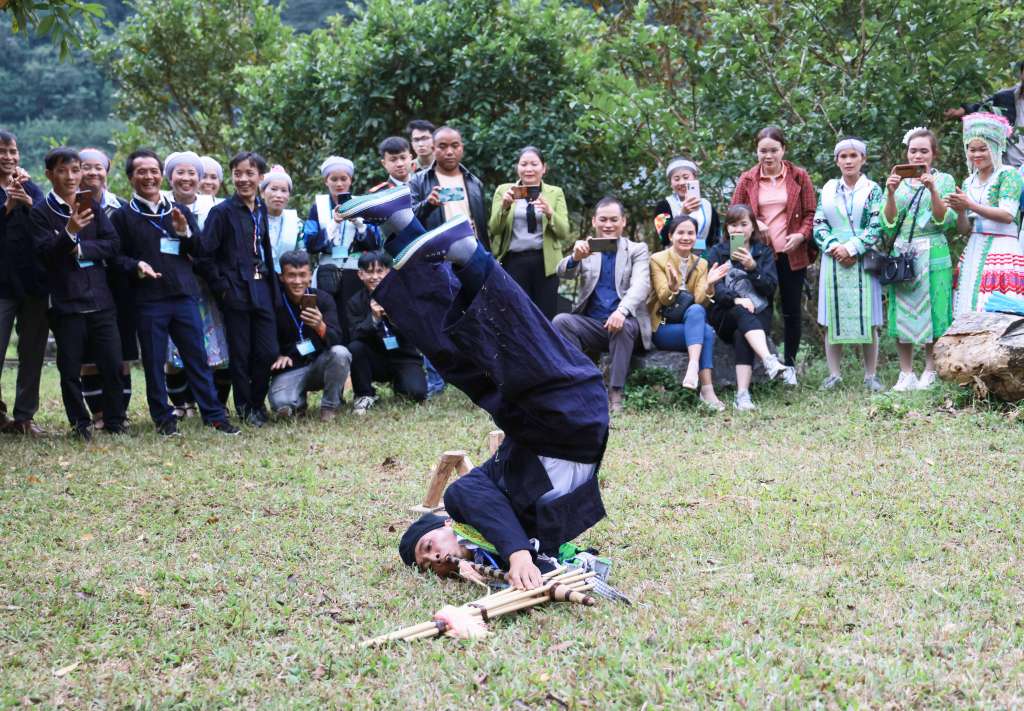
Khen is a traditional musical instrument that has been widely passed down through generations of Mong people. The Khen can be blown out, breathed in, and is also a dance prop with a structure suitable for bending and turning and jumping. The Khen dancers with their jumping, flipping, spinning steps or holding the Khen while rolling on the ground create beautiful choreography. Originating from customs and practices, the Mong Khen has many themes and compositions.
During festivals, New Year, and spring, the sound of the Khen is indispensable along with folk games. This is considered the soul of the Mong people, expressing their feelings to friends, the community, nature, mountains and forests, and expressing cultural values, creating the unique identity of the Mong people. The Khen dance performances have fun content, meaning congratulations and inviting friends to gather and have fun. The sound of the Khen makes people forget the difficulties and hardships after a year of hard work, contributing to strengthening friendship, love, and neighborly love.
When sad, the sound of the Khen is slow and deep, often played at funerals to express condolences to the family, to send the deceased to the other world ... Happy Khen sounds make the listener feel excited, but sad Khen sounds can make the listener feel strongly emotional. The Hmong Khen plays a particularly important role in the beliefs of the Hmong people, this is shown through their funerals. When someone in the family passes away, the homeowner often invites prestigious Khen masters who are knowledgeable and well-versed to help. In each funeral, the bereaved family can invite two or four Khen masters. The Khen artists act as shamans and rituals are practiced through the sound of the Khen.
According to artist Vuong Van Sinh, Phjac Cat hamlet, Dan Chu commune (Hoa An), people who can play the Khen and dance with the Khen often have gone through a process of persistent, elaborate, and persistent artistic labor. Because when playing and dancing at the same time, it requires the use of many extremely complex and smooth movements. In which, the dance movements are very diverse and rich such as: jumping and dancing, turning and changing places, turning in place, playing with the Khen, rolling on the side, rolling on the back, squatting, walking forward, walking backward in four directions, each step forward, step back so that only one foot touches the other heel. The basic movements are bending over, turning and flipping the heel in place and turning and flipping the heel moving on a large circle and then gradually narrowing in a spiral shape..., with the faster the speed, the more skillful it is. For fun khen songs, the dancing movements are more intense, free-spirited and difficult, such as rolling on one side, rolling on the other, kicking chickens, kicking horses, squatting, one hand clapping on the other leg, the other hand clapping on the other leg, the clapping sound must be loud, but the khen sound does not stop.
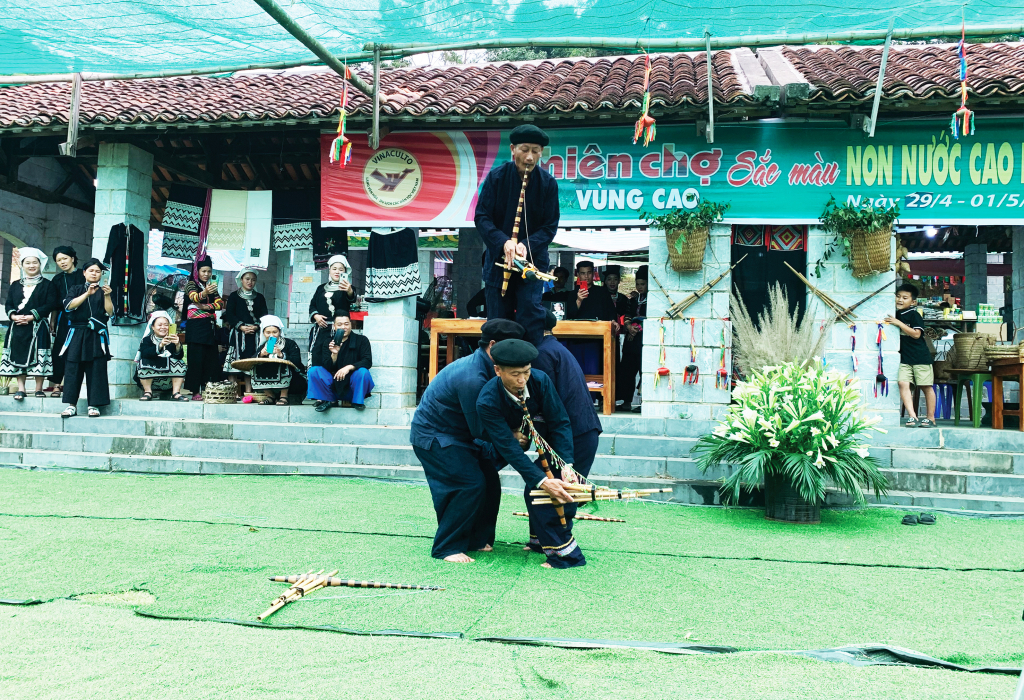
Learning to play the Hmong flute is very difficult, even if you study a lot, it is difficult to fully understand the melodies of the flute. To become a good flute player, a Hmong boy must practice playing the flute from the age of 12 - 13, have a strong, flexible, rhythmic body, but more importantly, how to take a breath, train the breath to make the breath deep and long. Besides, the art of Hmong flute dancing also contains unique scientific creations, expressed through diverse and varied rhythms when playing the flute combined with graceful, rhythmic dances when dancing.
Recognizing the importance of the art of the Hmong panpipe dance, the Department of Culture, Sports and Tourism has been implementing programs and plans to preserve, conserve and promote the value of the unique cultural heritage of the panpipe dance. At the same time, it opens classes to teach panpipe dance to students who are children of the Hmong ethnic group; organizes local cultural programs and events, participates in regional and national programs and performances to promote the introduction of the Hmong panpipe heritage; directs localities to regularly pay attention to, encourage and motivate artisans to actively teach panpipe dance and knowledge of making Hmong panpipes to the younger generations. Strengthens propaganda work on the traditional cultural values of the Hmong panpipe heritage, thereby raising people's awareness of cultural values, enhancing pride and actively preserving the cultural heritage of their people.
Thanh Binh
Source



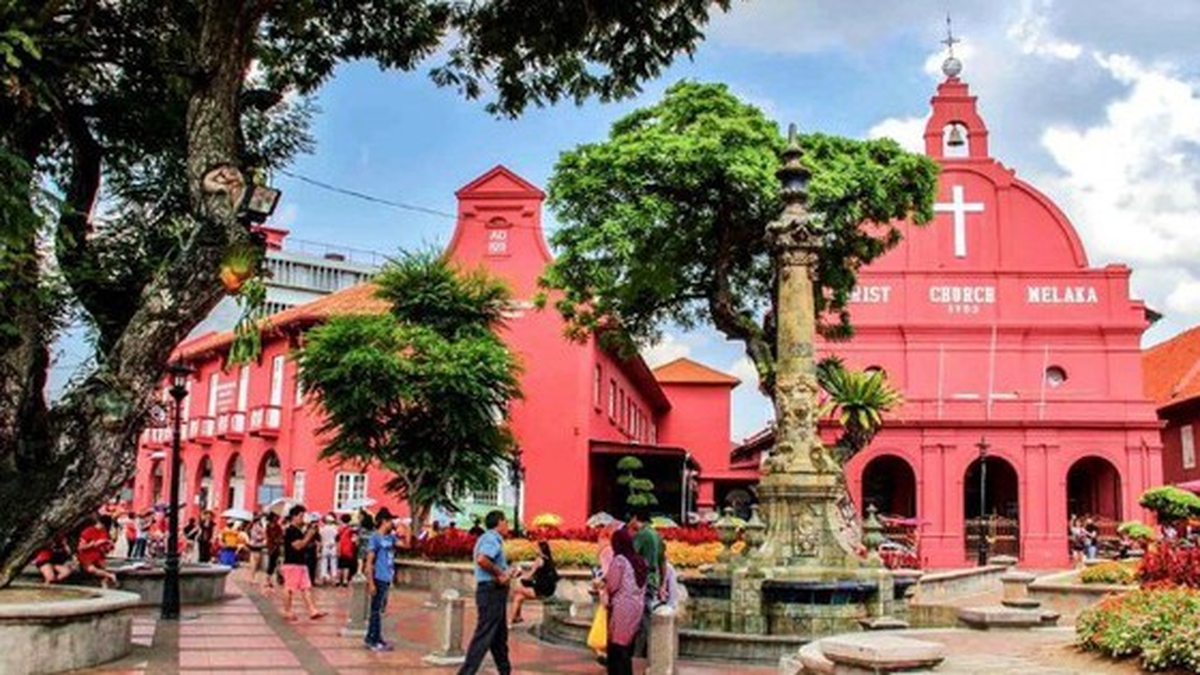
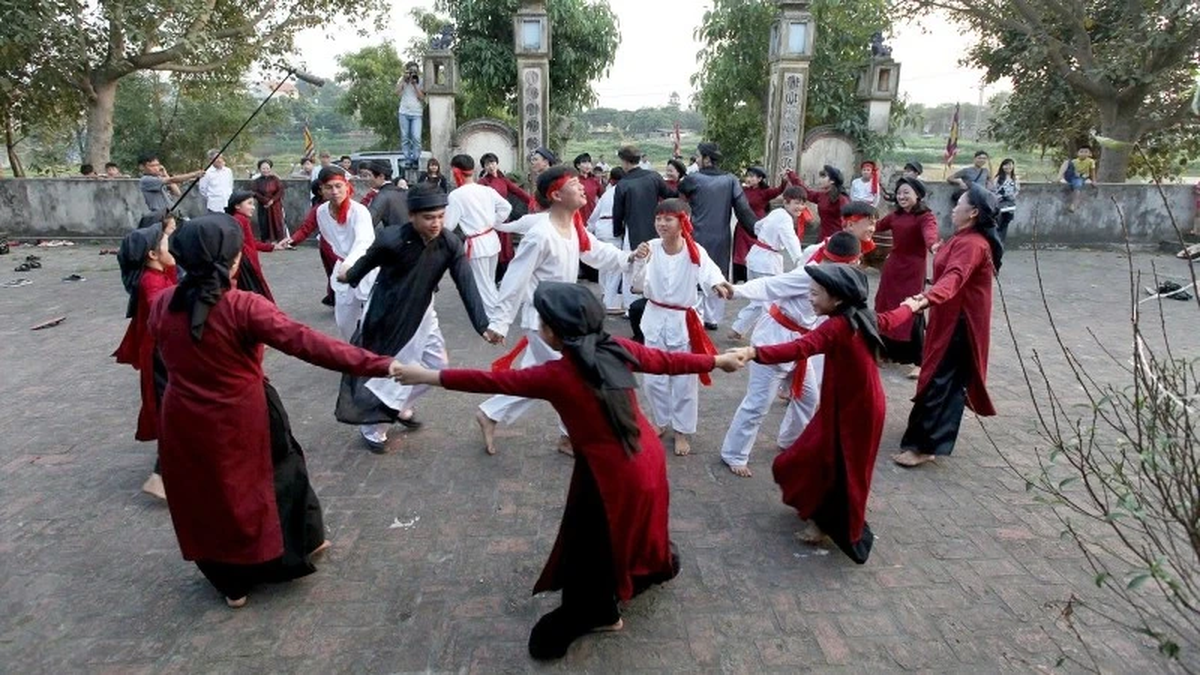
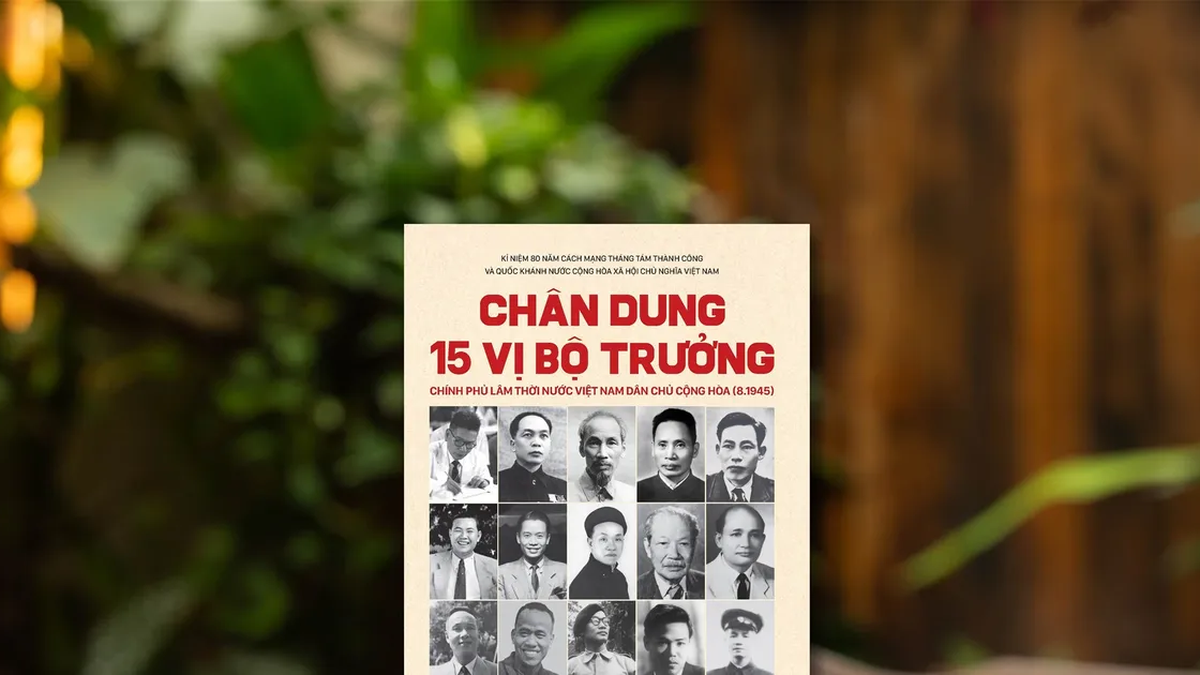
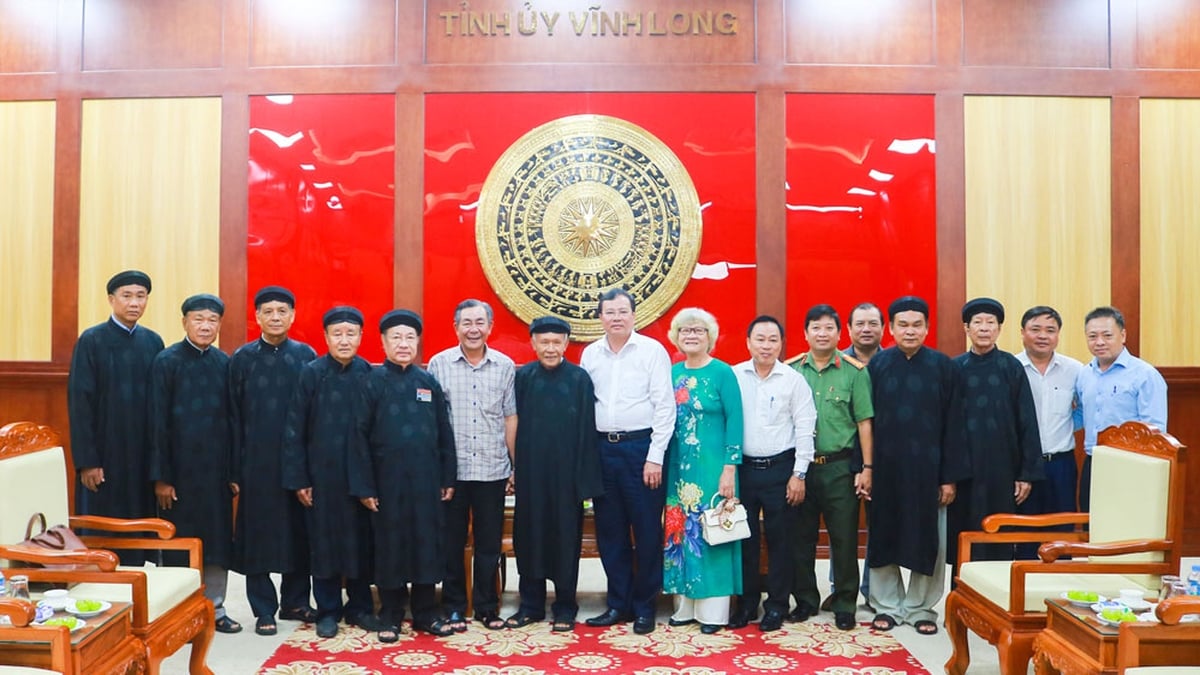

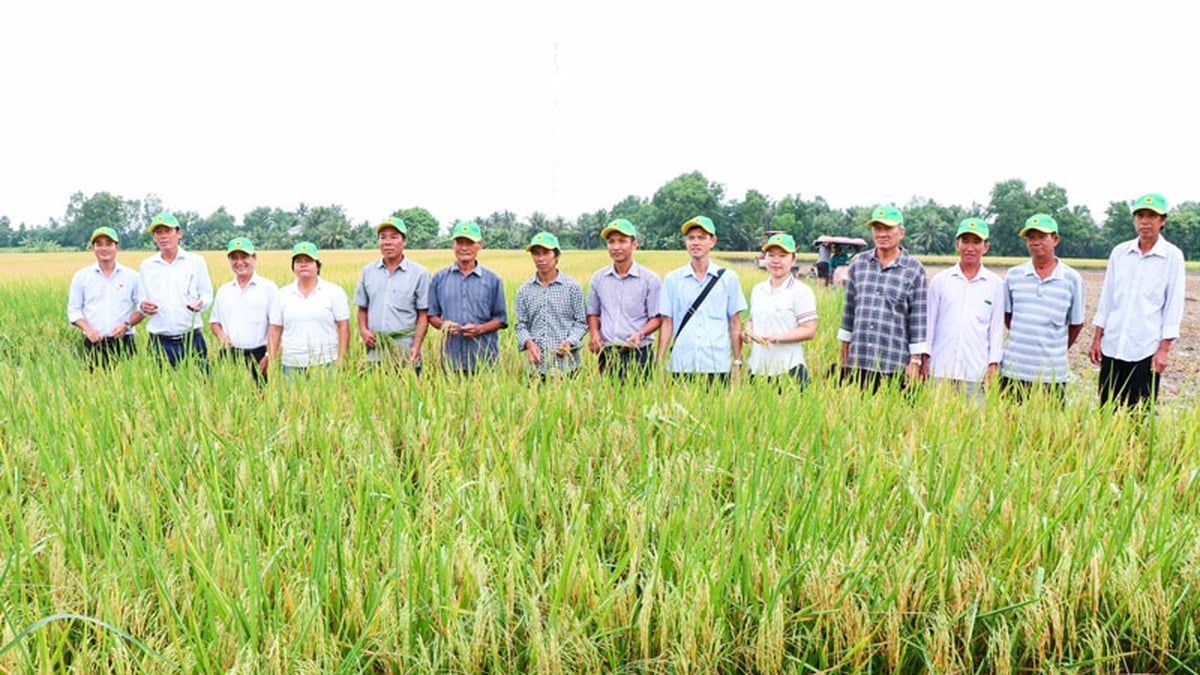
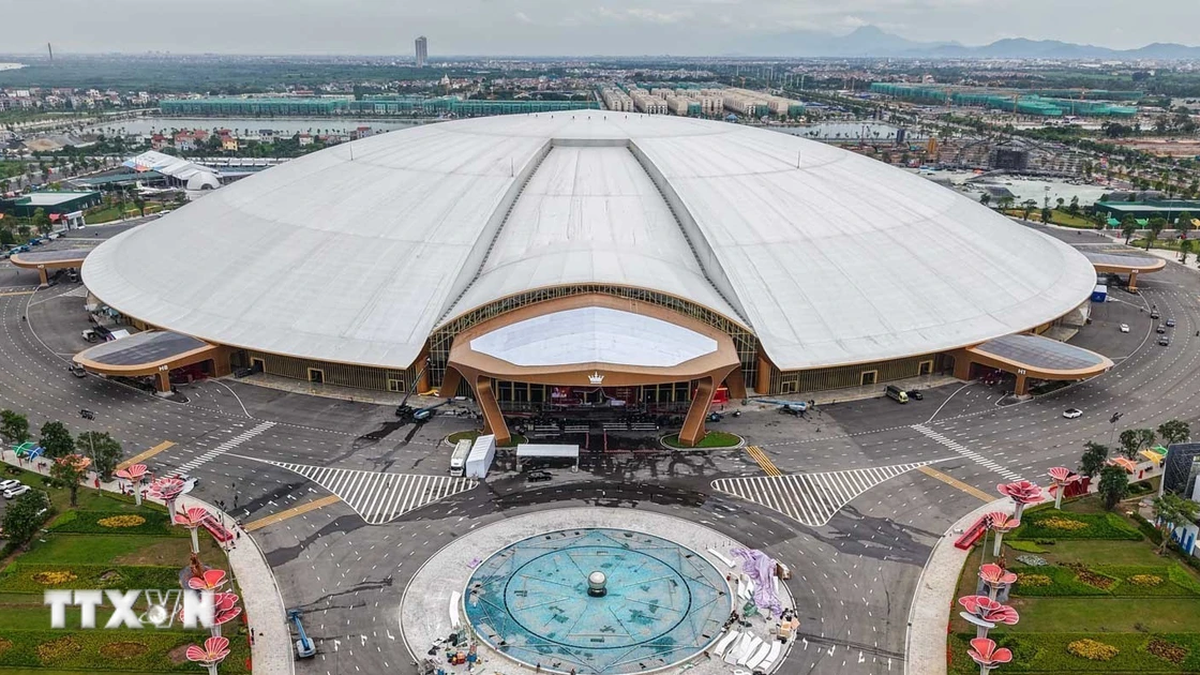
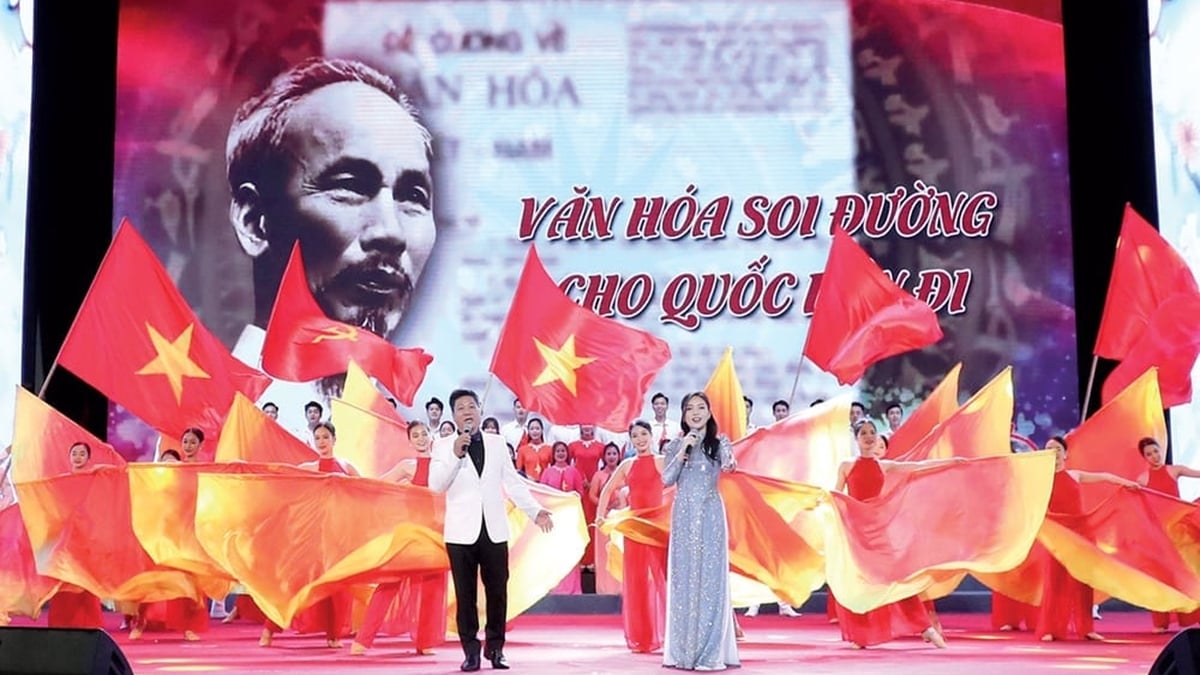












![[Photo] Politburo works with Standing Committees of Lang Son and Bac Ninh Provincial Party Committees](https://vphoto.vietnam.vn/thumb/1200x675/vietnam/resource/IMAGE/2025/8/20/0666629afb39421d8e1bd8922a0537e6)
![[Photo] Prime Minister Pham Minh Chinh receives Australian Foreign Minister Penny Wong](https://vphoto.vietnam.vn/thumb/1200x675/vietnam/resource/IMAGE/2025/8/20/f5d413a946444bd2be288d6b700afc33)
![[Photo] An Phu intersection project connecting Ho Chi Minh City-Long Thanh-Dau Giay expressway behind schedule](https://vphoto.vietnam.vn/thumb/1200x675/vietnam/resource/IMAGE/2025/8/21/1ad80e9dd8944150bb72e6c49ecc7e08)


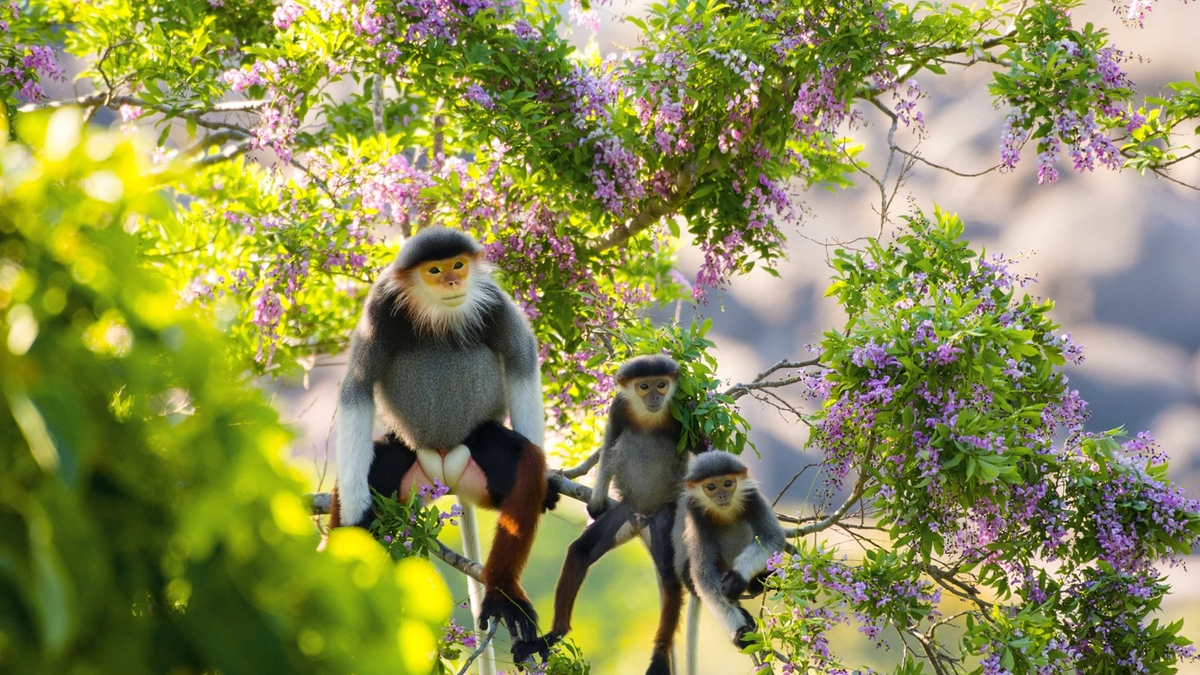


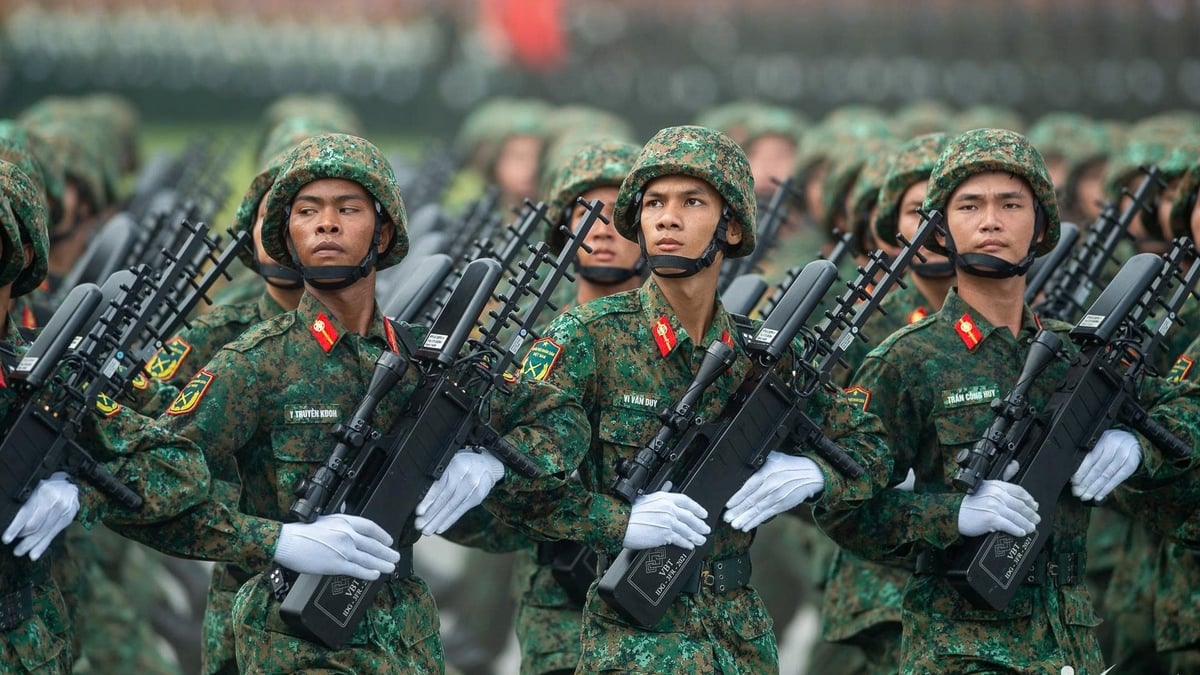




















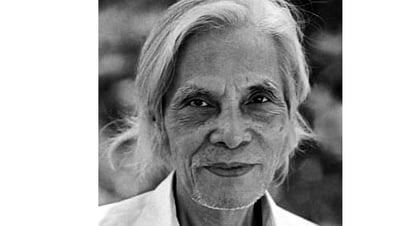

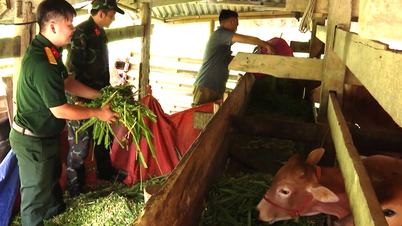











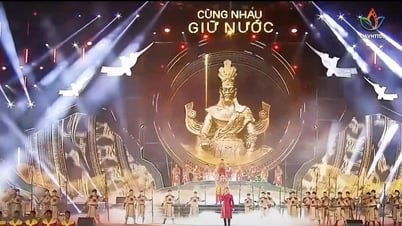






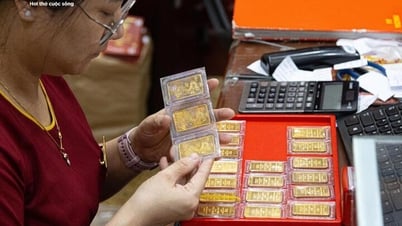































Comment (0)